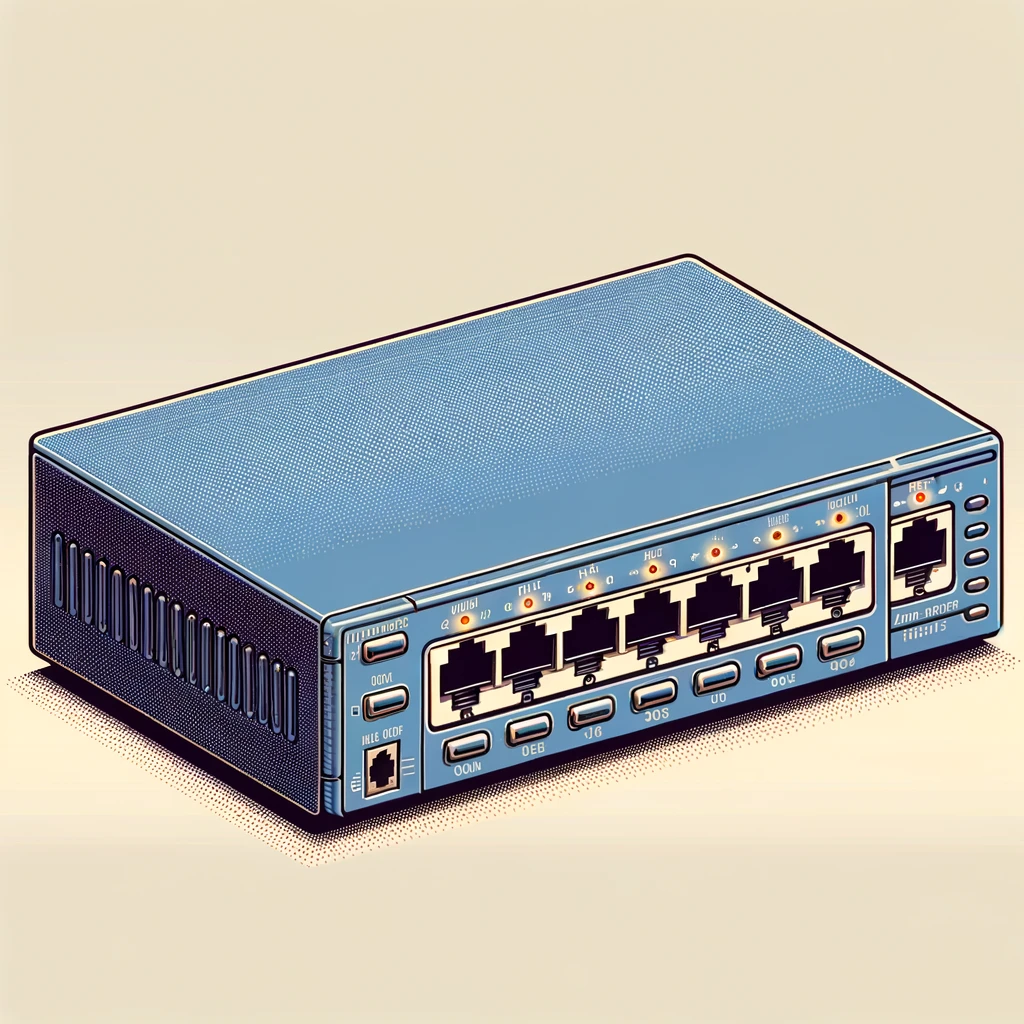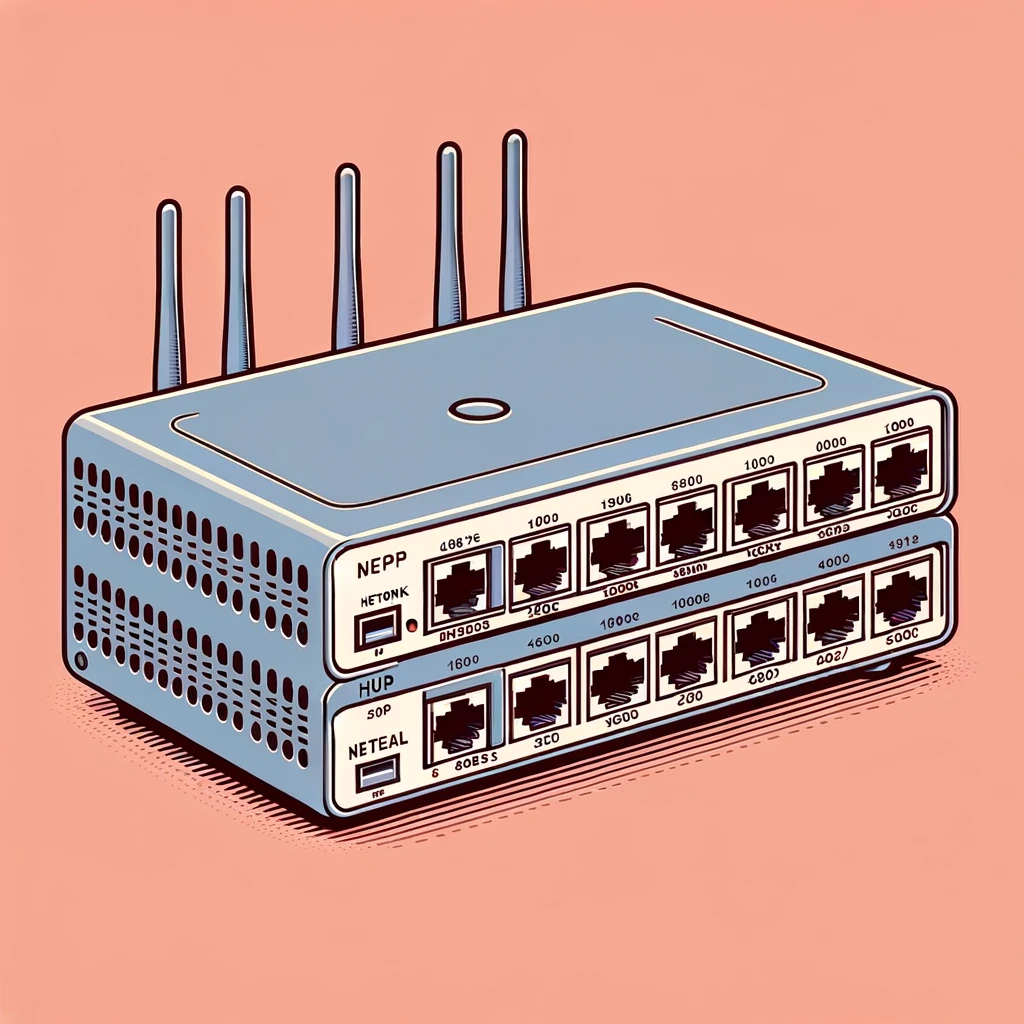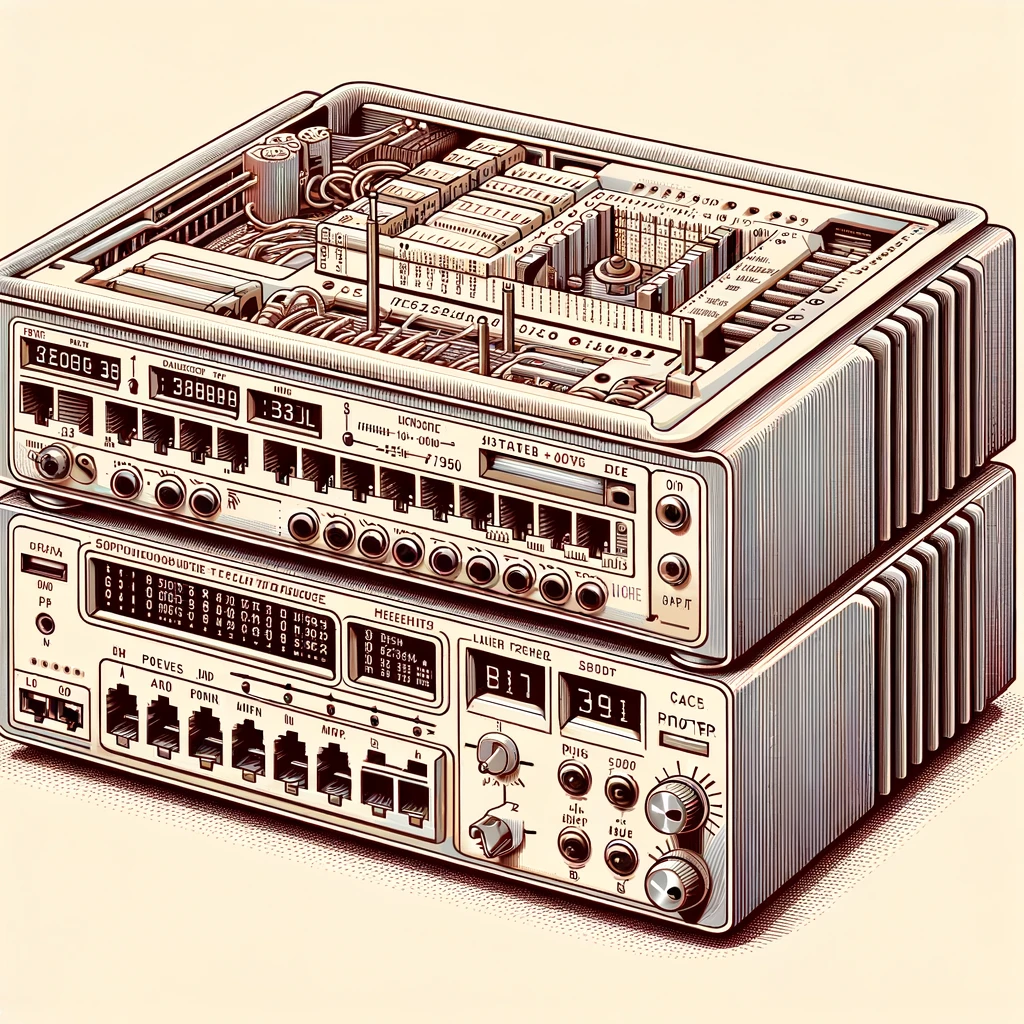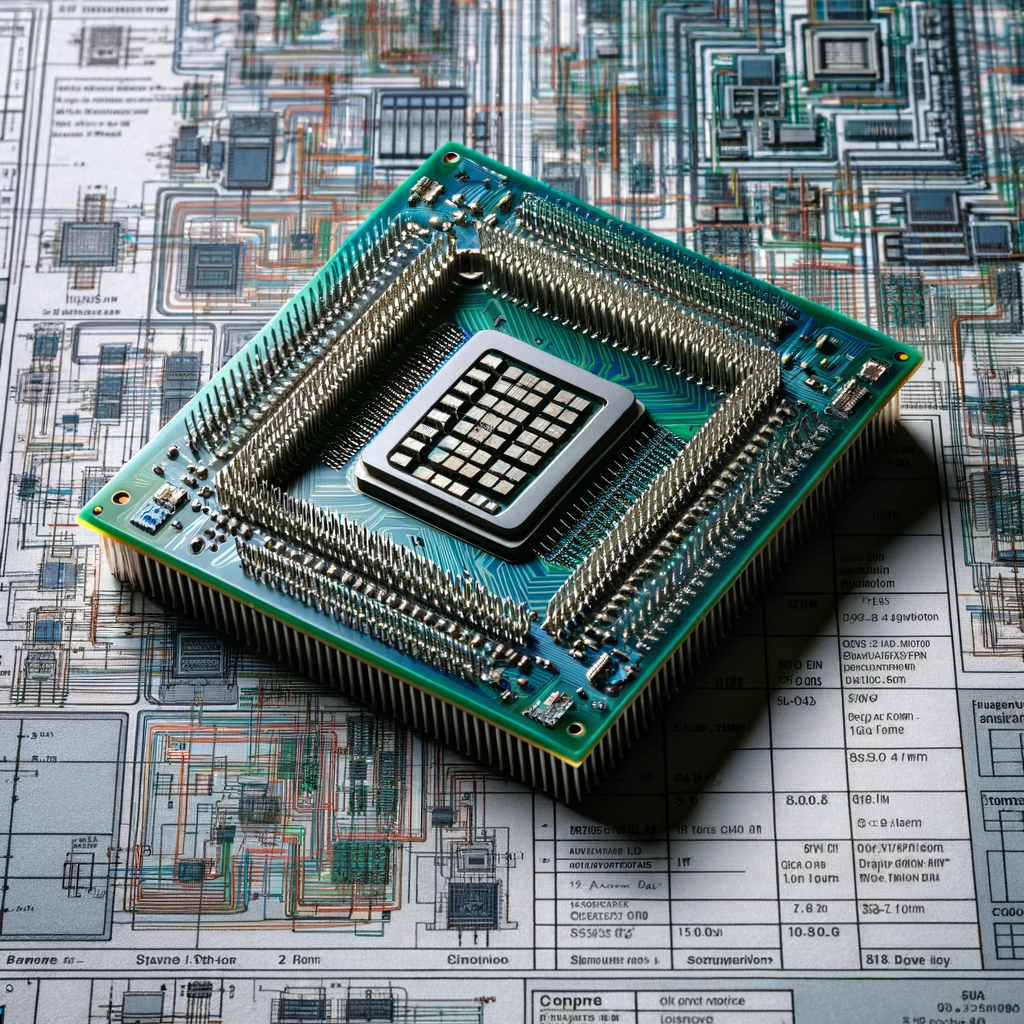Reading time: 3 minutes.
Introduction
In the evolving landscape of network technology, understanding the difference between a hub, switch, and router is crucial. These devices, forming the backbone of modern networking, each play unique roles in managing data traffic. Let’s embark on a historical and technical journey to distinguish these critical components of network infrastructure.
1. The Hub: The Earliest Form of Network Connectivity History and Development

The network hub emerged in the early 1980s as a simple solution for connecting multiple computers. It functioned as a central point to which all network devices could connect. The basic design of a hub was to repeat any incoming signal to all ports, thereby facilitating communication between networked devices.
Functionality and Limitations
A hub operates on the physical layer (Layer 1) of the OSI model. It is a non-intelligent device that doesn’t filter data or have the capability to determine the destination of the data packets. This means that data sent through a hub is broadcast to every device on the network, leading to inefficiencies and potential security issues.
Market Introduction
Hubs were widely adopted in the 1980s as a cost-effective way to build a local area network (LAN). However, their simplicity and lack of traffic management led to problems as networks grew larger.
2. The Switch: Advancing Network Efficiency History and Development

The network switch was introduced in the early 1990s as networks began to require more intelligent management of data traffic. Unlike hubs, switches could analyze data packets and determine their destination, significantly improving network efficiency.
Functionality and Advancements
Operating at the data link layer (Layer 2) of the OSI model, switches maintain a MAC address table to forward data only to the intended recipient. This reduces unnecessary traffic and increases network performance. Managed switches, offering more features like VLANs and QoS, further refined network management.
Market Introduction
Switches gradually replaced hubs in many network environments due to their ability to handle growing network demands. By the late 1990s, they were the preferred choice for building enterprise networks.
3. The Router: The Gateway to Larger Networks History and Development

The router’s history dates back to the late 1970s and early 1980s, with the advent of the Internet. Routers were developed to connect different networks and direct data traffic efficiently across complex networks, including the Internet.
Functionality and Evolution
Routers operate at the network layer (Layer 3) of the OSI model. They analyze the destination IP address of data packets to determine the best path for data to travel across networks. Over time, routers have become more sophisticated, offering features like firewall protection, VPN support, and advanced traffic management.
Market Introduction
Initially used in large-scale networks like university campuses and government institutions, routers became essential for both commercial and residential use as Internet connectivity grew ubiquitous. By the mid-1990s, routers were a common aspect of networking infrastructure.
4. Comparative Analysis: Hub vs. Switch vs. Router Hub:
- Operates at Layer 1 (Physical Layer)
- Broadcasts data to all connected devices
- Non-intelligent, with no data filtering
- Suited for small, basic networks
Switch:
- Operates at Layer 2 (Data Link Layer)
- Sends data only to the intended recipient
- Has a MAC address table for efficient data forwarding
- Ideal for medium to large networks
Router:
- Operates at Layer 3 (Network Layer)
- Directs data across different networks
- Analyzes IP addresses for routing decisions
- Essential for Internet connectivity and large network environments
Conclusion
The evolution from hubs to switches and routers reflects the growing complexity and needs of network environments. Hubs, with their simplicity, paved the way for network connectivity. Switches, offering more intelligence and efficiency, became the backbone of internal networks. Routers, with their advanced capabilities, connected different networks and opened up the world of Internet connectivity. Understanding these differences is fundamental to designing and managing effective network infrastructures.



